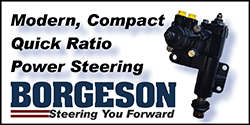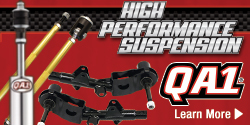Back on mpg project.
Get some more data. Still driving with the above shown ignition mapping.
After work did some 0-100 'performance' test.
I use an great tool on this site to calculate wheel horsepower instead of early used simplified tool:
Acceleration simulator
Also checkt the estimated Cd of 0.47, result 0.447 (with window closed, I did 0-100 with window open so 0.494

:
Vehicle aerodynamics
Test 1. Previous result 0-100 back in 27 December.
Note:
- with old ignition system.
- With some some airleak by intake/carb (Compensated with richer mixture)
- Less weight, 10 L ish gasoline. -> Curb weight rounded to 1500 kg
Results:
lpg 23 sec -> 56 hp at wheels
gasoline 16 sec -> 73 hp
Test 2. 27 February
Note:
- With new ignition system with shown map
- More weight 50 L ish gasoline, -> Curb weight rounded to 1530 kg
- Hotter air intake temperature but should be the same engine bay temp after 20 km driving(?)
Results (best):
lpg 18 sec -> 67 hp at wheels
gasoline 17 sec -> 70 hp
I think I can give a difference between new and old ignition, I will also do another 0-100 measurement with the old ignition. But you could say that it now gives an increase in power of roughly 20%.
Beside trying to get an idea what the engine putting out. I did some tests with adjusting the rich settings of the main lpg adjustment valve. You can turn the valve easily from rich to lean in an 180 deg rotation.
Numbers are based on estimates. 0 degrees I have defined as half open, as being between rich and poor. Rich CW Lean CCW
I don't have an oxygen sensor but might the fastest 0-100 measurement, with some adjustment to the rich side give an good adjustment of the main lpg mixture.

















